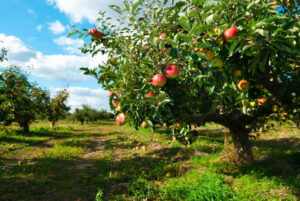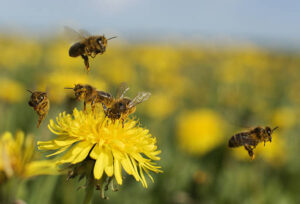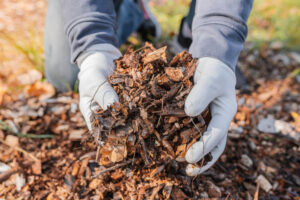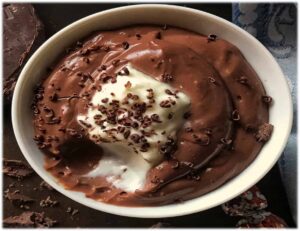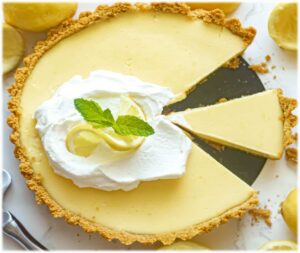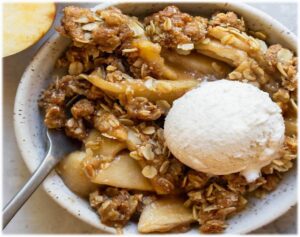Corns importance in Alabama’s agriculture
Corn is grown in Alabama because it is a crop that is well-suited to the state’s climate and soil conditions. Corn is a warm-season crop that requires a lot of sunlight, heat, and water to grow, and Alabama’s long, hot summers and ample rainfall provide ideal growing conditions for the crop.
In addition to the favorable climate, Alabama also has a variety of soil types that are well-suited for growing corn. The state has a diverse range of soil types, including sandy loam, clay loam, and silt loam, that provide good drainage and fertility for corn crops.
Corn is also an important crop for many farmers in Alabama because of its versatility and economic value. Corn can be used for a variety of purposes, including animal feed, ethanol production, and human consumption, and it is a high-yield crop that can generate significant revenue for farmers.
Overall, the combination of favorable climate, diverse soils, and economic value make corn a popular crop for many farmers in Alabama and an important part of the state’s agricultural economy.
The best type of corn to grow depends on your specific needs and growing conditions.
Here are some common types of corn and their characteristics:
- Sweet Corn: Sweet corn is the most popular type of corn for eating, as it has a high sugar content and a tender texture. It is typically harvested when the kernels are still in the milk stage, before they mature into starch. There are many different varieties of sweet corn, including yellow, white, and bi-color.
- Field Corn: Field corn is a type of corn that is primarily used for animal feed and industrial purposes, such as making ethanol. It has a higher starch content than sweet corn and is harvested when the kernels are mature and dry.
- Popcorn: Popcorn is a type of corn that is specifically grown for popping. It has a hard outer shell and a starchy interior that expands when heated, causing the kernel to pop. Popcorn comes in a variety of colors, including yellow, white, and red.
- Flour Corn: Flour corn is a type of corn that is used for making cornmeal and other corn-based products. It has a soft, starchy texture and a high starch content. Flour corn comes in a variety of colors, including blue, white, and yellow.
- Dent Corn: Dent corn is a type of corn that gets its name from the indentation that forms in the center of the kernel as it dries. It is primarily used for animal feed, but can also be used for making cornmeal and other corn-based products.
There are many different varieties of each type of corn, each with its own unique characteristics and growing requirements. When choosing a variety of corn to grow, consider your specific needs and growing conditions, as well as the characteristics of each type of corn.
Here are some general steps for growing corn:
- Choose a planting location: Corn needs a location that gets full sun and has well-draining soil with a pH between 6.0 and 6.8.
- Prepare the soil: Before planting, loosen the soil to a depth of about 8 inches, remove weeds and rocks, and add compost or fertilizer as needed to improve soil quality.
- Plant the seeds: Plant corn seeds directly in the soil after the last spring frost. Space the seeds about 8-12 inches apart in rows that are 30-36 inches apart. Plant the seeds about 1 inch deep.
- Water the seeds: After planting, water the seeds well to help them germinate. Corn needs about 1 inch of water per week, so make sure to keep the soil consistently moist throughout the growing season.
- Fertilize the plants: As the corn grows, fertilize the plants with a balanced fertilizer to provide the nutrients they need to grow strong and healthy.
- Monitor for pests and disease: Keep an eye out for common corn pests and diseases, such as corn borers, corn earworms, and common rust. If you notice any issues, take appropriate measures to control the problem.
- Harvest the corn: Corn is typically ready to harvest about 60-100 days after planting, depending on the variety. Look for signs that the corn is ready to harvest, such as brown and dry silks and ears that feel full and plump. Harvest the corn by pulling the ears downward and twisting them off the stalk.
These are just general guidelines for growing corn. Depending on your location and growing conditions, you may need to adjust your planting and care techniques.


